Humans and dogs first came together tens of thousands of years ago, a process that turned ordinary wolves into our closest animal companions. As it turns out, research has shown that dogs are more in tune with us than even our closest genetic relatives, chimpanzees — and they have one remarkable ability that both wolves and non-human primates lack.
Dogs are able to read our social cues and act accordingly. As reported in the journal Science, a study led by Brian Hare at UC Santa Barbara showed that dogs are able to follow human directions or gestures.
In the basic experiment, a human hides a treat under two opaque covers without the dog knowing or being able to sniff out where the treat is. Then, before the dog is allowed to make a choice, the human indicates the location either by looking or pointing at, touching, or marking a mark on the right container.
While some capuchin monkeys showed the ability to eventually learn how to do this after many trials, neither they nor chimpanzees demonstrated any tendency to do so naturally. There have been several competing hypotheses on why dogs show this ability. One is that it comes from their wolf ancestors being pack hunters that need to pay attention to cues from each other and their prey. Another hypothesis is that dogs have developed this ability precisely because they have been in contact with humans for so long, whereas primates really have not. Finally, a third hypothesis stipulates that dogs have this ability because humans wound up favoring dogs with it, and so wound up breeding dogs to have the trait over time.
In the study by Hare et al, it turned out that dogs did outperform wolves at following human cues, and that puppies also had this ability, regardless of whether they were raised by humans from an early age or not. According to their conclusions, then, this rules out the first two hypotheses above and is a pretty clear indication that, intentionally or not, humans created dogs to have this behavior.
In their conclusion, they state, “(I)t is likely that individual dogs that were able to use social cues to predict the behavior of humans more flexibly than could their last common wolf ancestor… were at a selective advantage.” In other words, the dogs that could follow human cues were the ones most often chosen for breeding until this trait became inborn.
So the next time you want your dog to do something, try pointing it out to them. They just may get the message more easily than you thought possible.










